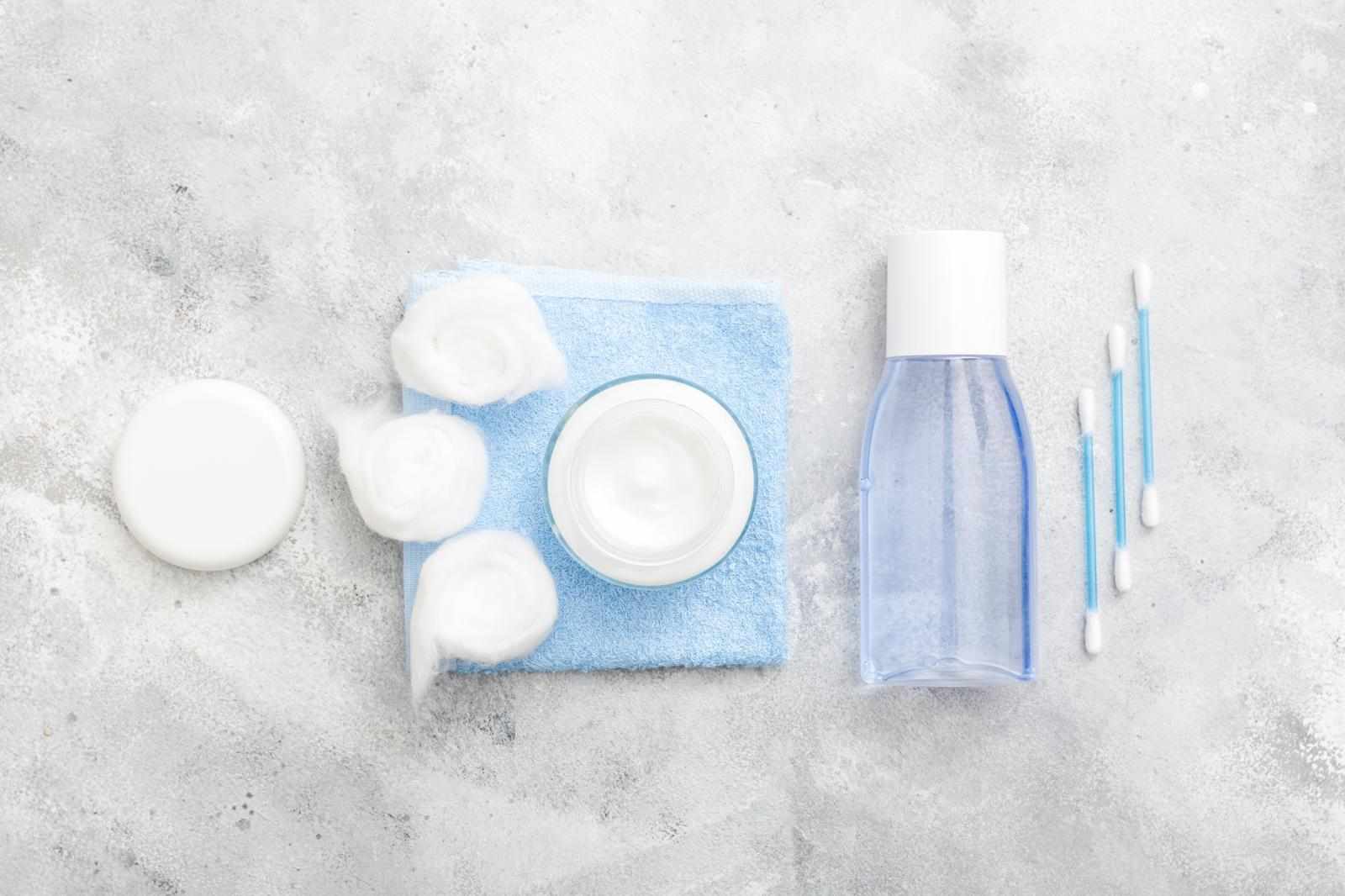.png)
When faced with the need to manage wounds, particularly for people with ostomy, choosing the right type of dressing is crucial for both comfort and healing. The landscape of wound care products is vast, but two types often stand out for their effectiveness: collagen dressings and silicone foam dressings. Each of these has specific properties and benefits, making the choice between them significant for achieving optimal results. In this blog, we delve into the intrinsic details of both dressing types, helping you understand which might be the right pick for your specific situation.

Understanding Collagen Dressings
Collagen dressings, derived from natural sources, are predominantly used to promote natural healing. They are especially valuable in treating chronic wounds where the natural healing process has stalled, typically in the case of pressure ulcers, diabetic foot ulcers, or in ostomy care.
How Collagen Dressings Aid Healing
1. Encouraging New Tissue Growth: Collagen is a protein found in the skin that plays a crucial role in wound healing. When applied as a dressing, it stimulates the deposit of new collagen, improving tissue regeneration.
2. Natural Integration: These dressings integrate with the body’s healing mechanisms by attracting cells necessary for repair.
3. Managing Exudate: They help absorb fluid and can keep the wound environment moist, which is beneficial for healing.
Collagen dressings are usually easy to apply and do not adhere to the fresh, new tissue, making dressing changes less painful and thereby, more comforting for patients dealing with wounds near ostomy sites.
Exploring Silicone Foam Dressings
Silicone foam dressings are another popular choice, particularly celebrated for their absorbency and protective properties. They consist of a silicone gel layer combined with a foam backing which not only absorbs wound exudate but also provides thermal insulation and mechanical cushioning.
Benefits of Silicone Foam Dressings
Gentleness: The silicone layer is gentle on the skin and does not stick to the moist wound bed, hence, it does not cause trauma when removed.
High Absorbency: Ideal for wounds with moderate to high exudate, it helps maintain optimal moisture balance.
Thermal Insulation: By providing a barrier to temperature loss, these dressings can enhance the healing environment.
Silicone foam dressings are especially recommended for their use in managing wounds with fragile skin surroundings, such as around an ostomy site, where gentle treatment is imperative to avoid further skin breakdown.
Which Dressing to Choose?
Choosing between collagen and silicone foam dressings largely depends on the specific needs of the wound and the surrounding skin, particularly important for people managing an ostomy.
Considerations for Selection
Type of Wound: Collagen is preferable for wounds needing new tissue growth stimulation, whereas silicone foam is best for highly exudative wounds.
Skin Sensitivity: For those with sensitive skin, particularly around ostomy sites, the gentle nature of silicone may be more suitable.
Stage of Healing: Early-stage wounds that need more granulation might benefit more from collagen, while older, more established wounds might manage better with silicone foam.
Many individuals with ostomy share their journeys, discussing how choosing the right dressing has eased their daily lives. For instance, one might find that the use of a collagen dressing significantly sped up the healing of a persistent wound, whereas another might prefer the comfort and protection offered by silicone foam.




Write a comment ...